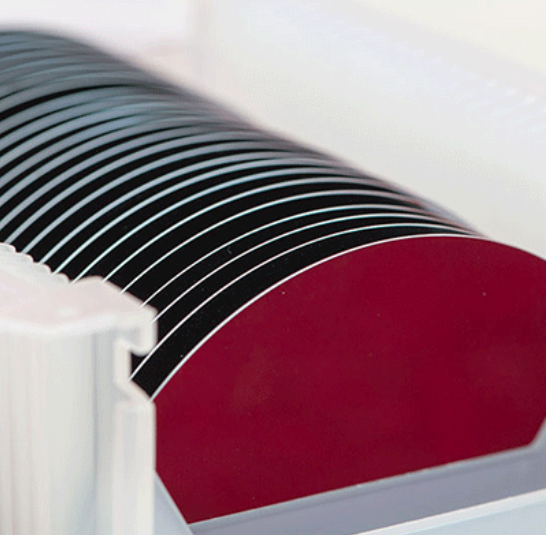Heterogeneous epitaxy is an advanced crystal growth technique, which refers to the process of growing thin films or epitaxial layers with different crystal structures or chemical compositions from a substrate material on a specific substrate material, i.e.: growing one material on a substrate of another material.

Heterogeneous epitaxy has the following substrate requirements
Lattice Matching: In order to achieve high quality heterogeneous epitaxy, the lattice constant of the epitaxial layer should be as close as possible to the lattice constant of the substrate material. Lattice mismatch can lead to the creation of stresses and defects that can affect the performance of the device. If the mismatch is large, a buffer or gradient layer may be required to alleviate the problems caused by the lattice mismatch.
Matching of thermal expansion coefficients: The thermal expansion coefficients of the epitaxial layer and the substrate material should be matched with each other to avoid residual thermal stresses, interfacial dislocations, and even epitaxial layer rupture when the epitaxial layer is cooled down from the growth temperature to room temperature.
Chemical compatibility: There should be good chemical compatibility between the epitaxial layer and the substrate material, and the substrate and the epitaxial layer do not react chemically and do not undergo a large number of dissolution phenomena. In order to avoid changes in the chemical composition and structure of the epitaxial layer caused by the growth process.
Electronic properties: The material of the epitaxial layer should have the required electronic properties, such as energy band structure, carrier mobility and doping efficiency, to meet the performance requirements of the specific device.
Mechanical strength: The substrate should have sufficient mechanical strength to support the growth of the epitaxial layer and remain stable during subsequent device processing.
Thermal Conductivity: The thermal conductivity of the substrate material is also an important factor, especially in applications that require efficient heat dissipation. Good thermal conductivity contributes to device stability and lifetime under high power operation.
Heterogeneous epitaxial technology has great potential for improving device performance, reducing cost and realizing new types of devices, so the above requirements need to be taken into account when selecting epitaxial layers and substrate materials in order to achieve optimal device performance and fabrication efficiency.

